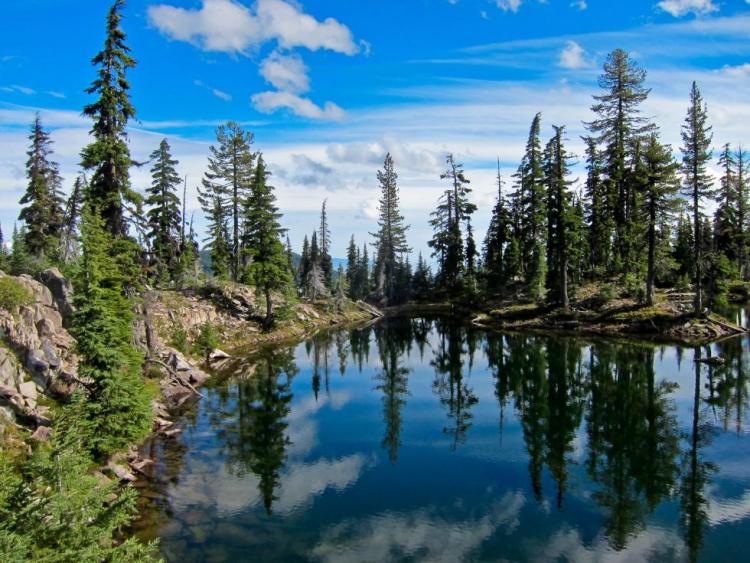
Description
The Klamath Mountains ecoregion covers much of southwestern Oregon, including the Umpqua Mountains, Siskiyou Mountains, and interior valleys and foothills between these and the Cascade Range. The Rogue watershed has the largest population of any coastal watershed in Oregon (Jackson County, Josephine County, and a portion of Curry County). Several popular and scenic rivers run through the ecoregion, including the Umpqua, Rogue, Illinois, and Applegate rivers. Many salmon and steelhead make their homes in these rivers. Even though many streams in the Rogue sub-basin dry up naturally in summer, the streams are still used for spawning by salmon and steelhead at other times of the year.
Within the ecoregion, there are wide ranges in elevation, topography, geology, and climate. The elevation ranges from about 600 to more than 7,400 feet, from steep mountains and canyons to gentle foothills and flat valley bottoms. This variation, along with the varied marine influence, supports a climate that ranges from the lush, rainy western portion of the ecoregion to the dry, warmer interior valleys and cold, snowy mountains.
Unlike other parts of Oregon, the landscape of the Klamath Mountains ecoregion has not been significantly shaped by volcanism. The geology of the Klamath Mountains can be better described as a mosaic rather than the layer-cake geology of most of the rest of the state. In the Klamath Mountains, serpentine mineral bedrock has weathered to a soil rich in heavy metals, including chromium, nickel, and gold, and in other parts, mineral deposits have crystallized in fractures. In fact, mining was the first major resource use of the ecoregion, and Jacksonville was Oregon’s most classic “gold rush” town.
Partly because of this unique geology, the Klamath Mountains ecoregion boasts a high rate of species diversity, including many species found only locally. In fact, the Klamath-Siskiyou region was included in the World Wildlife Fund’s assessment of the 200 locations most important for species diversity world-wide. The area is also proposed as a World Heritage Site and UNESCO Biosphere Reserve. The region is particularly rich in plant species, including many pockets of endemic communities and some of the most diverse plant communities in the world. For example, there are more kinds of cone-bearing trees found in the Klamath Mountains ecoregion than anywhere else in North America. In all, there are about 4,000 native plants in Oregon, and about half of these are found in the Klamath Mountains ecoregion. The ecoregion is noted as an Area of Global Botanical Significance (one of only seven in North America) and World Center of Plant Diversity by the World Conservation Union. The ecoregion also boasts many unique invertebrates, although many of these are not as well studied as their plant counterparts.
In June 2000, President Clinton established the Cascade-Siskiyou National Monument, which encompasses 86,774 acres of forest and grassland. This National Monument is the first U.S. National Monument set aside solely for the preservation of biodiversity. The United States Congress designated the Soda Mountain Wilderness in 2009, which now has over 24,700 acres. All of this wilderness is managed by the Bureau of Land Management (BLM).
While panning for gold first drew European settlers to the Klamath Mountains ecoregion, today’s communities have a wide range of industries and economies, including agriculture, manufacturing, and tourism. Many retirement communities are rapidly growing in the Medford and Roseburg areas.
Characteristics
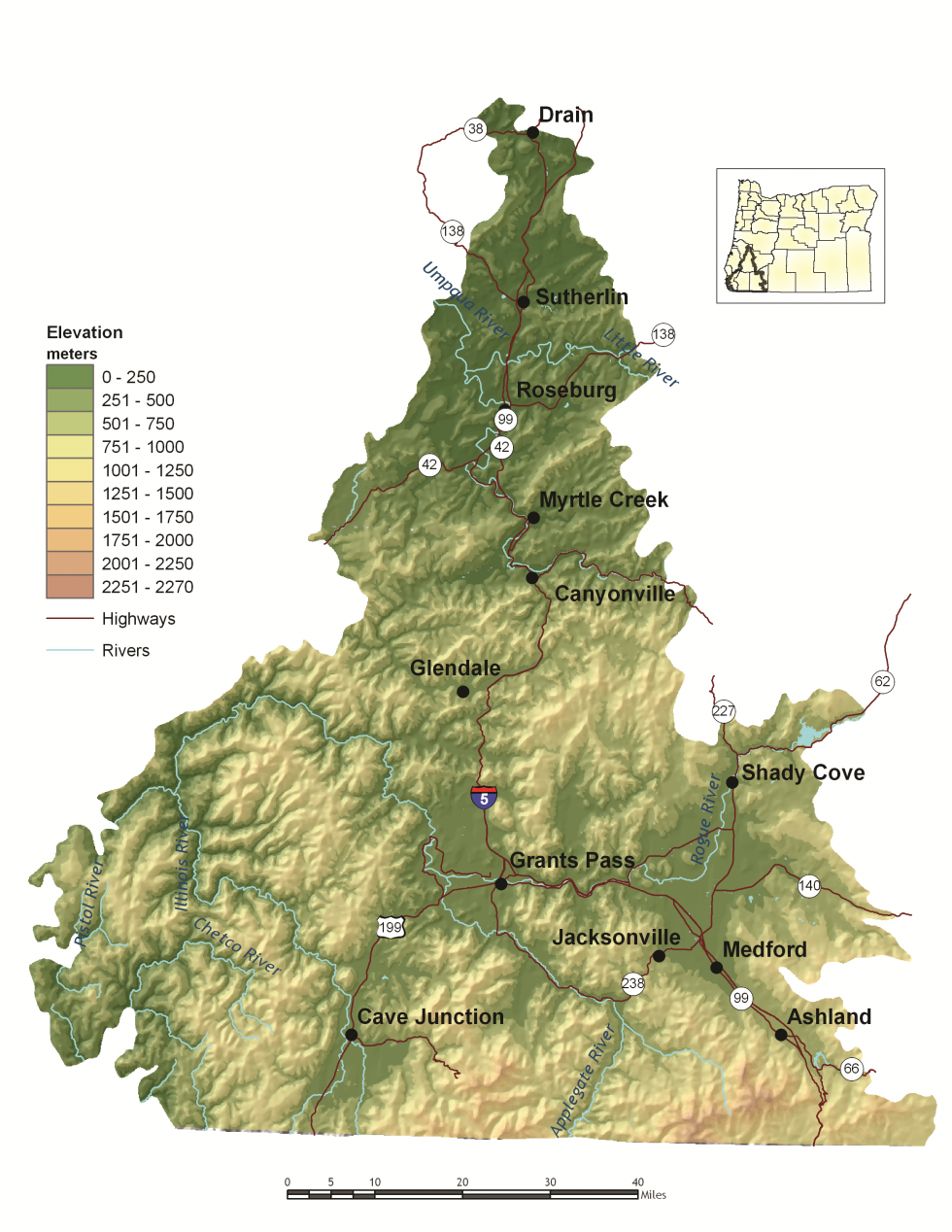
Important Industries

Lumber and wood manufacturing, service, tourism, trade, new electronics and transportation equipment manufacturers
Major Crops
Fruit, vegetables, livestock, dairy farms, nursery products, forest products
Important Nature-based Recreational Areas
Siskiyou Mountains/Siskiyou National Forest, Applegate Lake, Rogue River National Forest, Emigrant Lake, Howard Prairie Lake, Umpqua National Forest
Elevation
600 feet to 7,500 feet (Mt. Ashland)
Important Rivers
Applegate, Rogue, Chetco, Coquille, Umpqua, Illinois
Limiting Factors and Recommended Approaches
Limiting Factor:
Land Use Conversion and Urbanization
Rapidly expanding communities in the Klamath Mountains ecoregion include Medford and Roseburg, for example. Rapid urbanization can strain the ability of sensitive habitat, such as valleys, wetlands, and aquatic habitats, to continue to provide valued ecological functions and services. Rapid development increases the potential for conflict between people and wildlife. For example, increasing road traffic increases the potential for collisions with migrating species, creating a hazard to both motorists and wildlife.
Recommended Approach
Cooperative approaches with private landowners are the key to long-term conservation. Essential tools include financial incentives, conservation easements, and informational resources. Work with community leaders and agency partners to ensure planned, efficient growth. Support and implement existing land use regulations to preserve farm and range land, open spaces, recreation areas, and natural habitats for wildlife. Ensure that local wildlife services are sufficiently maintained to help residents manage wildlife damage issues.
Limiting Factor:
Altered Fire Regimes
Historically, the ecoregion was dominated by fire-adapted vegetation and experienced widely variable fire regimes, ranging from areas with relatively short fire return intervals to areas with greater than 50-year return intervals. Fire suppression has damaged forest health, resulting in undesirable changes in vegetation and increased intensity of wildfires as a result of increased fuel loads. Efforts to reduce fire danger can help to restore fish and wildlife habitat, but they require careful planning. Reintroducing fire can be challenging in the Klamath Mountains because of high volatility of fuels, “checkerboard” land ownership patterns, and scattered rural residential developments.
Recommended Approach
Use an integrated approach to fuels management and forest health issues that considers historical conditions, wildlife conservation, natural fire intervals, and silvicultural techniques. Encourage forest management at a broad scale to address limiting factors. Reintroduce fire where feasible. Prioritize sites and applications. Maintain important wildlife habitat features, such as snags and logs, to sustain wood-dependent species. In areas where prescribed fire is undesirable or difficult to implement, use mechanical treatment methods (e.g., chipping, cutting for firewood) that minimize soil disturbance. Support fish habitat restoration by reducing stream sedimentation. Monitor these efforts and use adaptive management techniques to ensure efforts are meeting habitat restoration and wildfire prevention objectives with minimal impacts on wildlife. Identify sub-basins with unique granitic sediment features that are especially at risk.
Limiting Factor:
Loss of Habitat Connectivity
The Klamath Mountains ecoregion is naturally diverse and heterogeneous. Some habitat types have been particularly disrupted by fragmentation and loss of connectivity, including late-successional forests and valley bottom habitats. Opportunities for large-scale protection or restoration of native landscapes are limited. Existing development, growth pressures, high land costs, and the fragmented nature of ownerships and remaining native habitats all present barriers to large-scale ecosystem restoration.
Recommended Approach
Broad-scale conservation strategies will need to focus on restoring and maintaining more natural ecosystem processes and functions within a landscape that is managed primarily for other values. This may include an emphasis on conservation-oriented management techniques for existing land uses and restoration of some key ecosystem components, such as river-floodplain connections and riparian function.
Limiting Factor:
Invasive Species
Invasive plants are of particular concern in the Klamath Mountains ecoregion. Invasive plants disrupt native communities, diminish populations of at-risk native species, and threaten the economic productivity of resource lands. Invasive plants have been on the increase for the last 20 years. While not nearly as extensive as invasive plants, non-native animals have also impacted native fish and wildlife populations.
Recommended Approach
Emphasize prevention, risk assessment, early detection, and quick control to prevent new invasive species from becoming fully established. Use multiple site-appropriate tools (e.g., mechanical, chemical, and biological) to control the most damaging invasive species. Prioritize efforts to focus on key invasive species in high priority areas, particularly where Strategy Habitats and Strategy Species occur. Cooperate with partners through habitat programs and county weed boards to address invasive species problems. Promote the use of native species for restoration and revegetation.
Limiting Factor:
Mineral Extraction
Long-term effects of historical mining include damage to stream beds and toxic runoff. Currently, mining for nickel and chromium associated with the region’s serpentine soils has the potential to impact fish and wildlife by disturbing habitat. Mineral extraction is a particular concern in the Siskiyou Mountains. Gold mining also potentially impacts habitat for fish, wildlife, and at-risk plants along many streams. In-stream placer mining and recreational placer mining are prevalent in this ecoregion.
Recommended Approach
Plan mineral extraction activities to minimize potential impact on Strategy Species and Habitats. Minimize disturbance by focusing extraction efforts in areas with existing roads, rather than creating new roads and increasing the potential for habitat disturbance. Follow existing recommendations to avoid impacting water quality and riparian function.
Strategy Species

Acorn Woodpecker
Melanerpes formicivorus
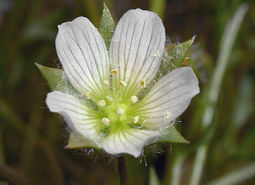
Big-flowered Wooly Meadowfoam
Limnanthes floccosa ssp. grandiflora
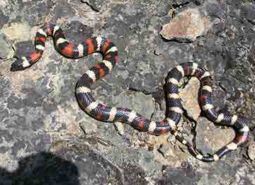
California Mountain Kingsnake
Lampropeltis zonata
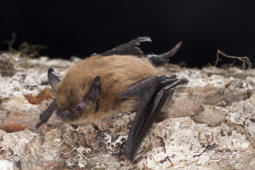
California Myotis
Myotis californicus
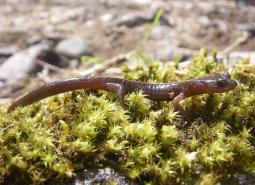
Clouded Salamander
Aneides ferreus
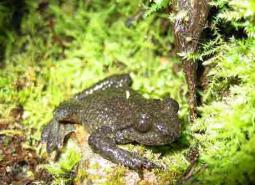
Coastal Tailed Frog
Ascaphus truei
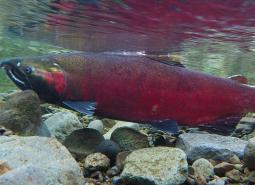
Coho Salmon, Klamath SMU
Oncorhynchus kisutch

Coho Salmon, Rogue SMU
Oncorhynchus kisutch

Common Nighthawk
Chordeiles minor
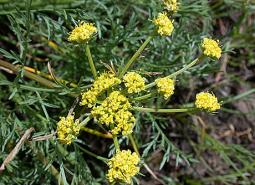
Cook’s Desert Parsley
Lomatium cookii
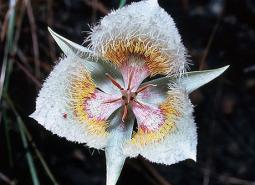
Crinite Mariposa Lily
Calochortus coxii
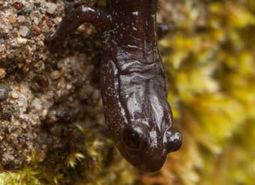
Del Norte Salamander
Plethodon elongatus
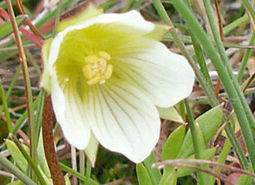
Dwarf Meadowfoam
Limnanthes floccosa ssp. pumila
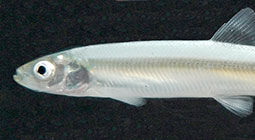
Eulachon
Thaleichthys pacificus
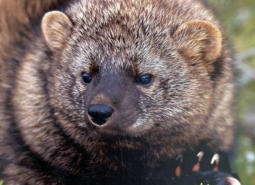
Fisher
Pekania pennanti
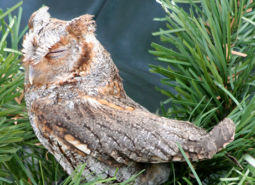
Flammulated Owl
Psiloscops flammeolus
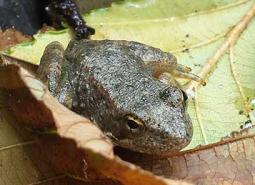
Foothill Yellow-legged Frog
Rana boylii
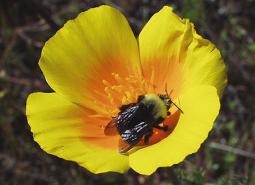
Franklin’s Bumble Bee
Bombus franklini

Fringed Myotis
Myotis thysanodes
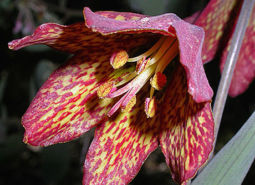
Gentner’s Fritillary
Fritillaria gentneri

Grasshopper Sparrow
Ammodramus savannarum perpallidus
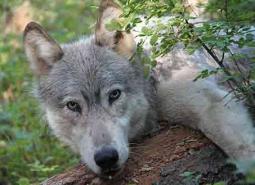
Gray Wolf
Canis lupus

Great Gray Owl
Strix nebulosa
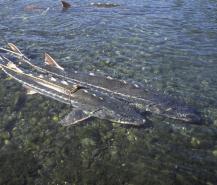
Green Sturgeon, Northern DPS
Acipenser medirostris

Green Sturgeon, Southern DPS
Acipenser medirostris

Hoary Bat
Lasiurus cinereus
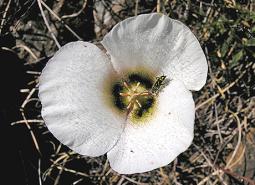
Howell’s Mariposa Lily
Calochortus howellii
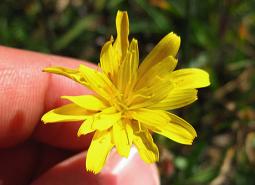
Howell’s Microseris
Microseris howellii
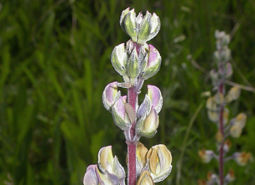
Kincaid’s Lupine
Lupinus oreganus
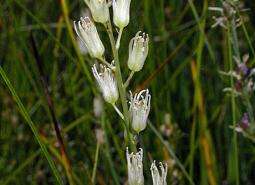
Large-flowered Rush Lily
Hastingsia bracteosa

Lewis’s Woodpecker
Melanerpes lewis

Long-legged Myotis
Myotis volans

Marbled Murrelet
Brachyramphus marmoratus
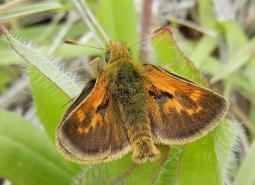
Mardon Skipper Butterfly
Polites mardon
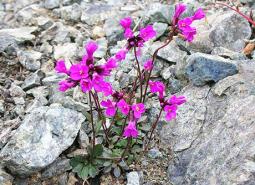
McDonald’s Rockcress
Arabis macdonaldiana

Monarch Butterfly
Danaus plexippus
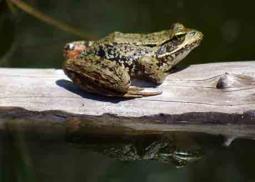
Northern Red-legged Frog
Rana aurora

Northern Spotted Owl
Strix occidentalis caurina

Northwestern Pond Turtle
Actinemys marmorata

Oregon Shoulderband
Helminthoglypta hertleini

Oregon Vesper Sparrow
Pooecetes gramineus affinis

Pacific Lamprey
Entosphenus tridentatus
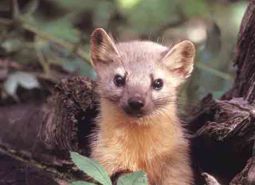
Pacific Marten
Martes caurina

Pallid Bat
Antrozous pallidus

Purple Martin
Progne subis arboricola

Red Tree Vole
Arborimus longicaudus

Ringtail
Bassariscus astutus

Rotund Lanx
Lanx subrotunda
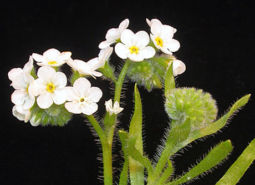
Rough Popcornflower
Plagiobothrys hirtus

Sexton Mountain Mariposa Lily
Calochortus indecorus

Shiny-fruited Allocarya
Plagiobothrys lamprocarpus
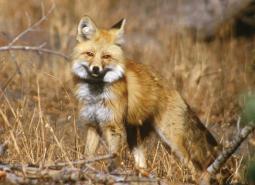
Sierra Nevada Red Fox
Vulpes vulpes necator

Silver-haired Bat
Lasionycteris noctivagans

Siskiyou Hesperian
Vespericola sierranus

Siskiyou Mountains Salamander
Plethodon stormi

Southern Torrent Salamander
Rhyacotriton variegatus

Spotted Bat
Euderma maculatum
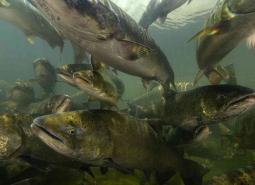
Spring Chinook Salmon, Coastal SMU
Oncorhynchus tshawytscha
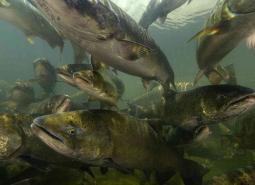
Spring Chinook Salmon, Rogue SMU
Oncorhynchus tshawytscha
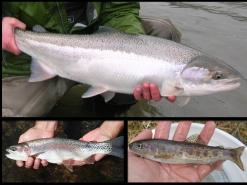
Summer Steelhead / Coastal Rainbow Trout, Coastal SMU
Oncorhynchus mykiss / Oncorhynchus mykiss irideus

Summer Steelhead / Coastal Rainbow Trout, Rogue SMU
Oncorhynchus mykiss / Oncorhynchus mykiss irideus
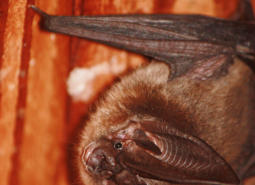
Townsend’s Big-eared Bat
Corynorhinus townsendii
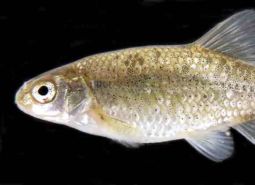
Umpqua Chub
Oregonichthys kalawatseti
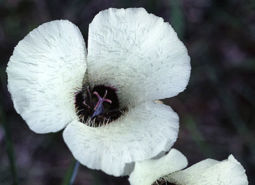
Umpqua Mariposa Lily
Calochortus umpquaensis

Vernal Pool Fairy Shrimp
Branchinecta lynchi
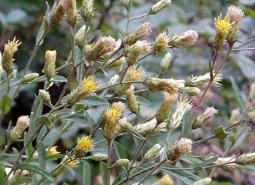
Wayside Aster
Eucephalus vialis
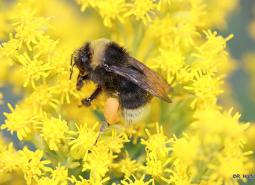
Western Bumble Bee
Bombus occidentalis
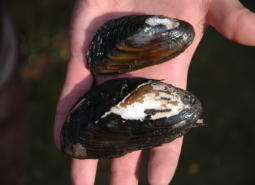
Western Ridged Mussel
Gonidea angulata
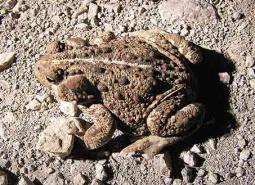
Western Toad
Anaxyrus boreas
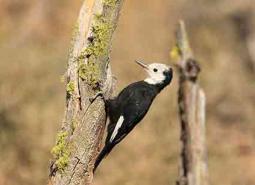
White-headed Woodpecker
Picoides albolarvatus
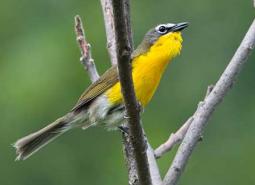
Yellow-breasted Chat
Icteria virens auricollis
Conservation Opportunity Areas
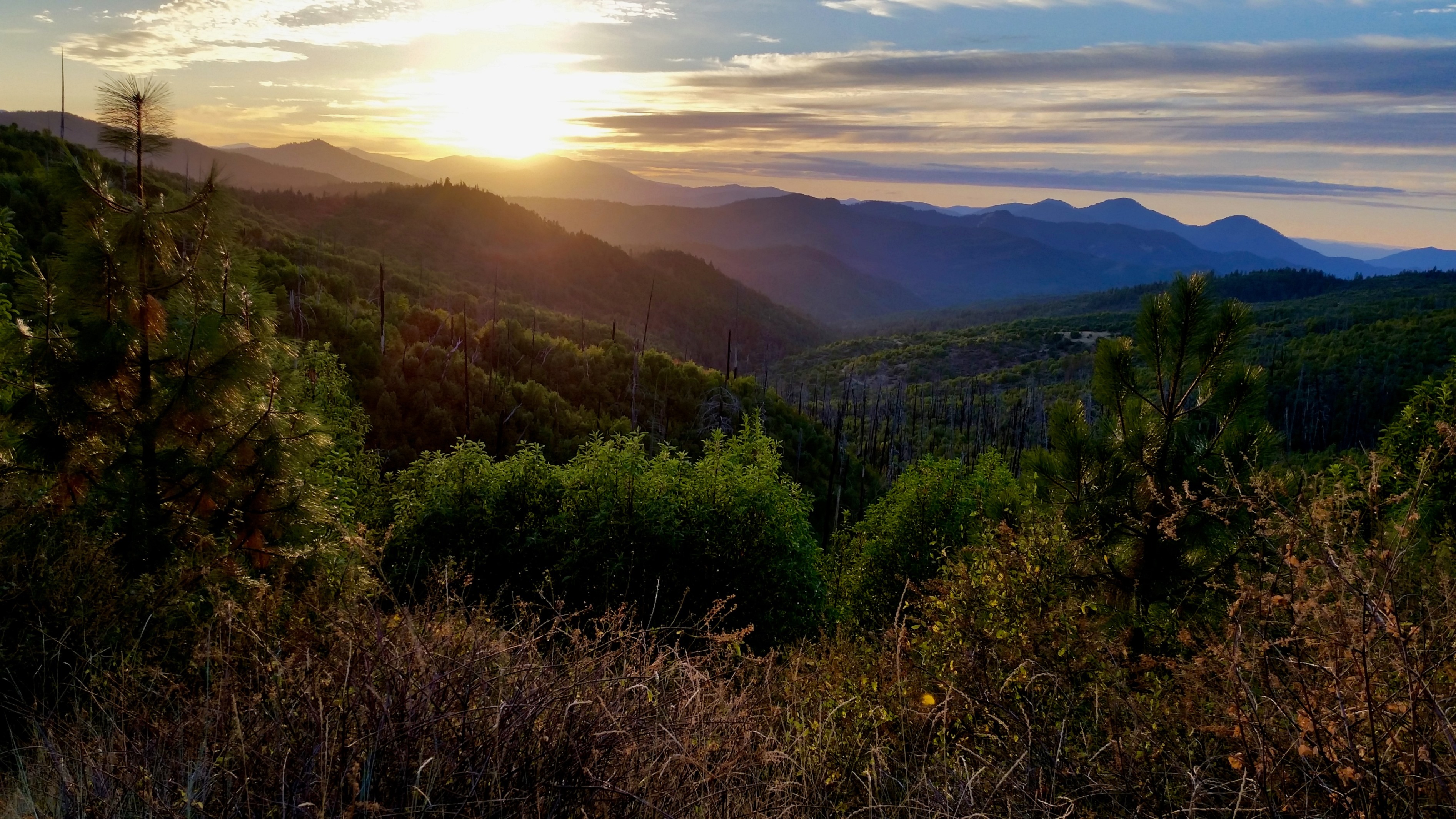
Anderson Butte [COA ID: 103]
This area is diverse with open south-facing meadows, oak woodlands, and mature conifers.
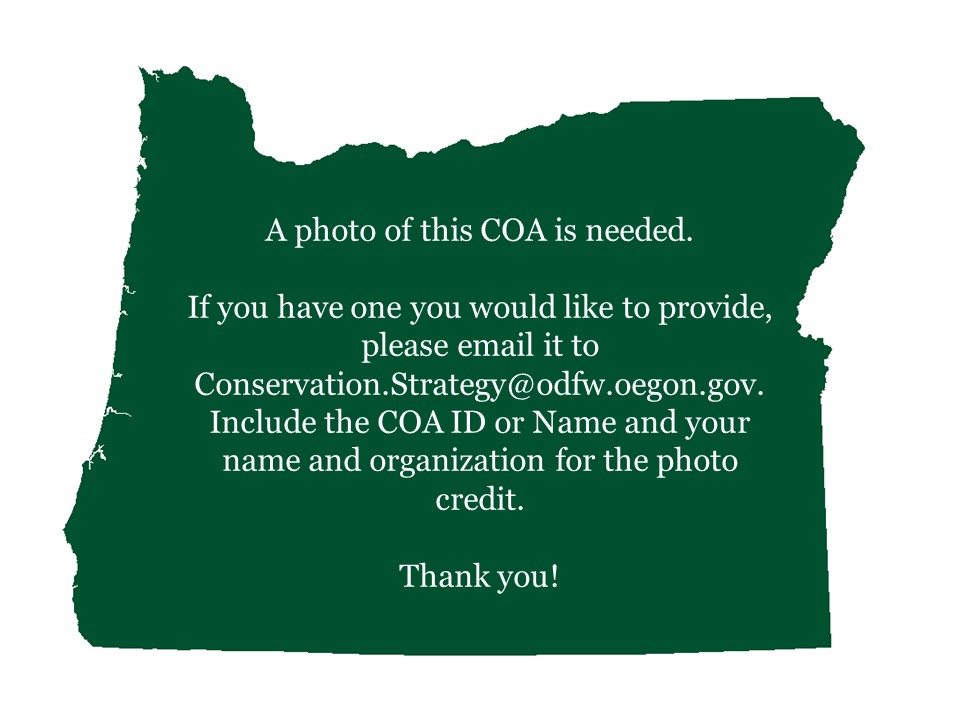
Antelope Creek-Paynes Cliffs [COA ID: 099]
This area includes important and rare low eleveation rocky outcropping and cliff habitat as well as Antelope Creek, historically one of the biggest producers of Summer Steelhead in the Rogue Watershed.

Big Butte Area [COA ID: 122]
This area is in the foothills of the West Cascades ecoregion and contains important Oak Woodland and Ceanothus Shrubland habitats.

Cape Ferrelo [COA ID: 051]
This area includes unique rocky intertidal habitat, important shorebird habitat, and coastal bluffs.
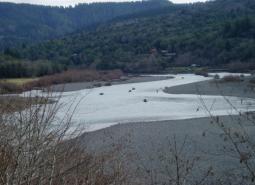
Chetco River-Winhchuck River Estuaries [COA ID: 052]
This diverse area includes habitats ranging from coastal dunes and estuaries to mature upland conifer forests.

East Fork Illinois River [COA ID: 101]
This area includes important riparian habitat in the East Fork Illinios River and Sucker Creek for Coho Salmon and Pacific Lamprey.

Grave Creek [COA ID: 094]
Area connects the Rogue River and King Mountain COAs, following Grave Creek and its surrounding habitat. Located just north of the town of Merlin

Illinois River-Silver Creek [COA ID: 096]
This large and diverse COA includes mature conifer forests as well as dense manzanita and Ceanothus brush fields created by the 2002 biscuit fire, which burned 500,000 acres in the Siskiyou National Forest. The COA contains serpentine soils that are home to the rare and endemic plant that make the Klamath Mountain Ecoregion an area …
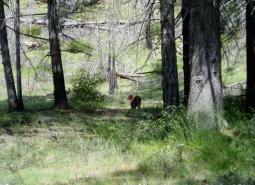
Kalmiopsis Area [COA ID: 100]
This areas borders the western edge of the Kalmiopsis Wilderness and has unique plant communities due to the serpentine soils endemic to the Klamath Mountains ecoregion.

King Mountain Area [COA ID: 095]
This area contains federal lands intermixed with private ownership in a checkerboard matrix. Habitat is diverse inlcuding mature conifer forests, open early seral habitat created by logging, and oak woodlands. The area may serve as a possible movement corridor connecting the introduced southern Cascade Pacific Fisher population to the native Northern California/Southern Oregon population.
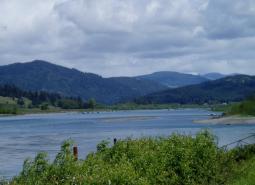
Lower Rogue River and Estuary [COA ID: 049]
This are contains the mouth of the Rogue River and is important habitat for Salmonids accessing the rest of the system. It has mature upland forests with a productive hardwood understory that supports a diverse assemblage of wildlife species.
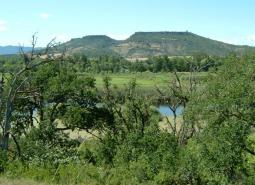
North Medford Area [COA ID: 097]
This area includes important valley bottom habitat in the Rogue Watershed including the confluence of the Rogue River and Little Butte Creek, Upper and Lower Table Rock, and Vernal Pool habitat.
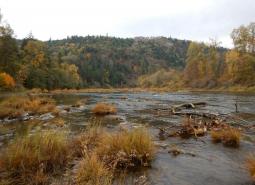
North Umpqua River Area [COA ID: 090]
Near Roseburg, area includes a significant stretch of the North Umpqua River and its tributaries, and includes surrounding riparian and upland habitats

Oregon Caves-Applegate Area [COA ID: 102]
This area north of the Red Buttes Wilderness and includes the Oregon Caves National Monument. Like much of the Klamath Mountains it is home to unique plant and wildlife species with limited ranges in Oregon, including native Pacific Fisher, Siskiyou Mountain Salamanders, and Brazilian Free-tailed Bats.

Pistol River Estuary [COA ID: 050]
This area contains the Pistol River Estuary, offshore rocky habitat for nesting seabirds, and Coastal Bluffs.
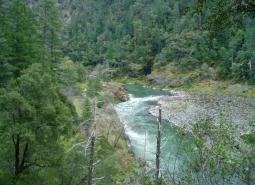
Rogue River [COA ID: 093]
This area contains habitat along the mainstem of the Rogue River including portions of the Wild and Scenic area.
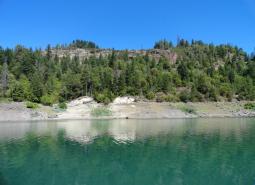
Shady Cove Foothills [COA ID: 098]
This area contains important Oregon and California Oak Woodlands and Ceanothus Shrublands. It is
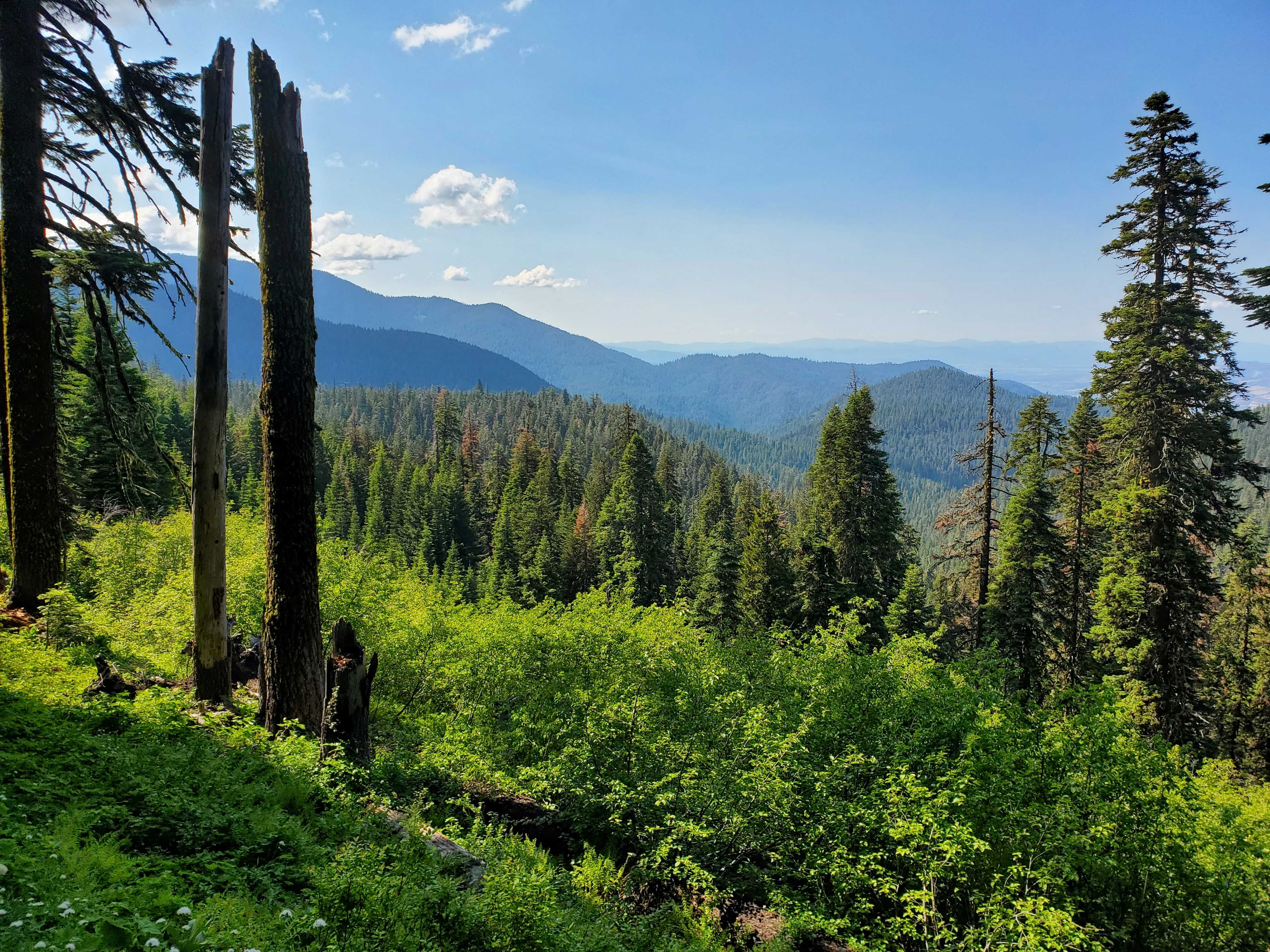
Siskiyou Crest Area [COA ID: 104]
This area is a long east-west running ridgline typical of the unique geology and ecology of the Klamath Mountains. It contains the head-waters for a number of stream, large mature conifers, and open alpine meadows.
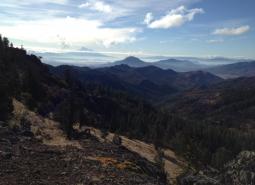
Soda Mountain Area [COA ID: 124]
This area is a transition zone at the nexus of three ecoregions and as a results has a high diversity of species in unique assemblages.
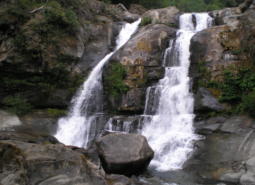
South Fork Coquille [COA ID: 046]
Relatively large (222 sq mi) area located within the Coast Range near the Rogue River-Siskiyou Forest and immediately adjacent to the Sixes River-Elk River COA
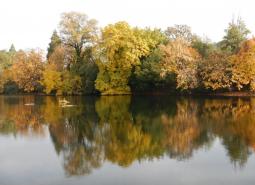
South Fork Umpqua River and Tributaries [COA ID: 091]
Located in the middle of the ecoregion, this COA follows the windy course of the South Umpqua and many of its tributaries. Area boundaries near the towns of Roseburg, Winston, Dillard, Riddle, and Tiller
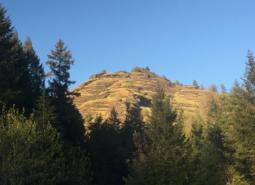
Tenmile Area [COA ID: 092]
Located west of hilly area near the town of Winston, following Highway 42
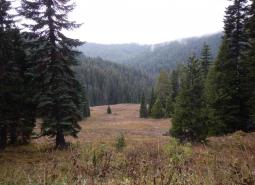
Umpqua Headwaters [COA ID: 119]
Located within the Umpqua National Forest and includes the headwaters of the Umpqua River.
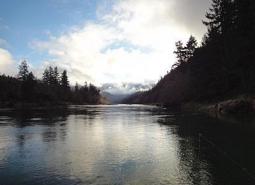
Umpqua River [COA ID: 042]
Area follows the windy Umpqua River and surrounding riparian and upland habitat. Bounded at the north by Elkton and at the south near the towns of Melrose and Winchester
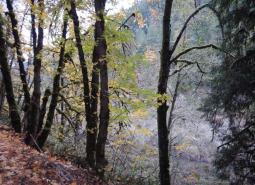
Upper Siuslaw [COA ID: 089]
Follows the windy Siuslaw River and surrounding habitat. Area builds from the Siuslaw Estuary COA to the west and extends east towards Cottage Grove.